Project examples
The main focus of projects undertaken by Air We Breathe has been the preparation of resource consent applications for discharges into air from a range of activities for clients ranging from privately owned New Zealand businesses to multinational industrial companies. Our scope may range from a basic technical assessment to support work by other specialists, through standalone assessments of environmental effects for air discharge consent applications, to project management of a comprehensive suite of assessments for multiple consents.
We also work with local businesses to help them address specific environmental management issues, with regional councils and unitary authorities on policy development and compliance monitoring, and with community groups making submissions on resource consent applications.
Assessments of Environmental Effects
Crematoria
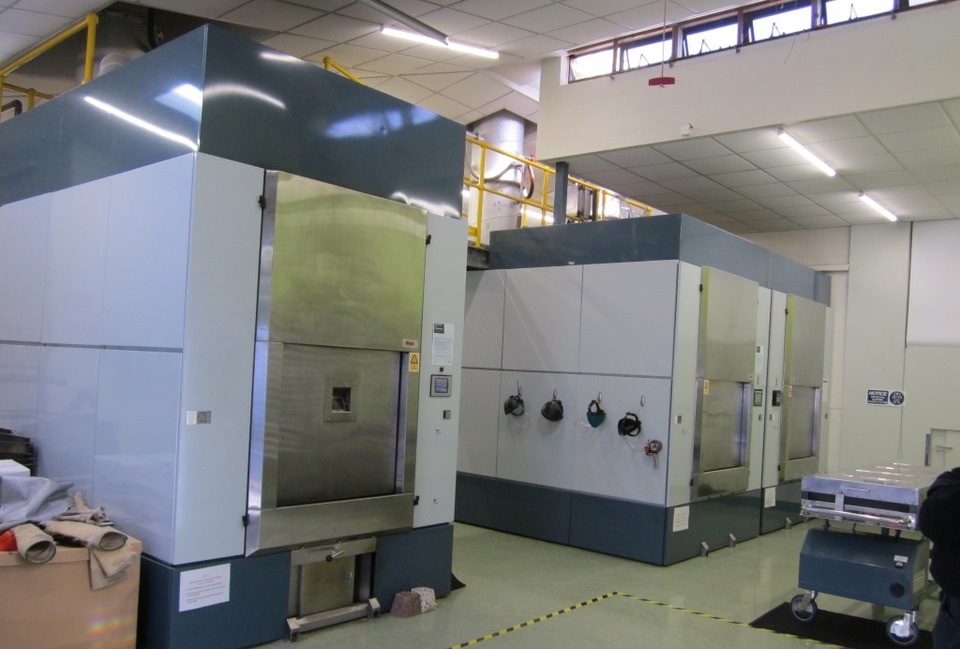
Auckland Council crematoria, 2018-2024
Assessments of environmental effects and preparation of resource consent applications for discharges into air from the continued operation of Auckland Council's three crematoria:
- North Shore Memorial Gardens (three units)
- Manukau Memorial Gardens (two units)
- Waikumete (single cremator).
The scope for Waikumete was subsequently extended to include an international literature review of dioxin emissions, to support the emission factor used in the original assessment.
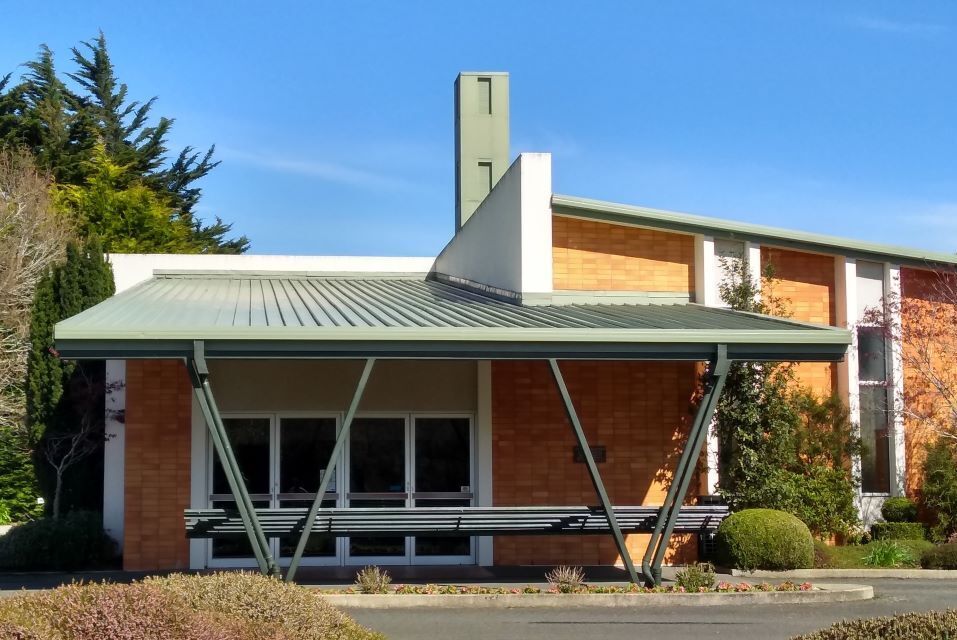
Invercargill City Council Crematorium, Invercargill, 2020
Assessments of environmental effects and preparation of a resource consent application for discharges into air from the continued operation of the Southland crematorium in Invercargill.
The scope involved development of meteorological datasets and
atmospheric dispersion modelling (using AERMOD) and a quantitative assessment
of emissions from the crematorium, and an assessment against the relevant
provisions of the Southland Regional Policy Statement and Regional
Air Plan.
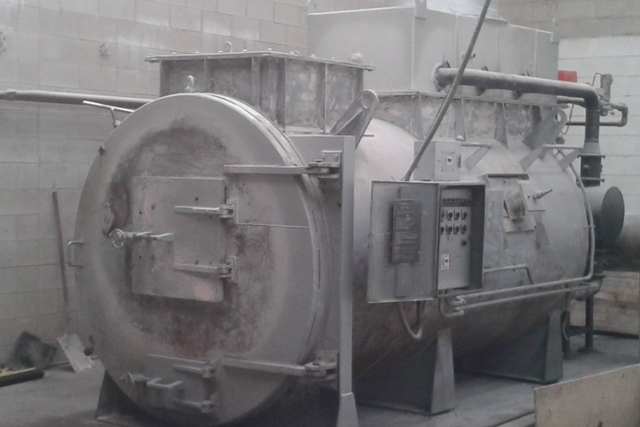
Pet Cremations, 2018-2020
The Air We Breathe was originally engaged to assist Pet Cremations renew its resource consent for discharges into air from the operation of a pet cremator. In light of local opposition (from a school that had opted to establish next to the site), Pet Cremations opted to relocate to a new site in a light industrial area, with The Air We Breathe preparing an application for the necessary consents for both land use and discharges to air
In each case, the scope involved atmospheric dispersion modelling, quantitative assessments of the effects of a range of contaminants (including particulate matter, dioxins and heavy metals), and an assessment against the relevant provisions of the Auckland Unitary Plan. The new site also required a land use consent, with the focus of the assessment on building layout, car parking, signage, and traffic.
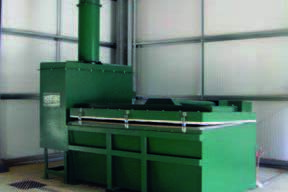
Truly Treasured, Hawkes Bay, 2021-2022
Hicks Farming and Finance (HFFM), trading as Truly Treasured, had applied for an air discharge consent for a new large animal crematorium near Hastings. The Air We Breathe was engaged in response to a s92 request from the council seeking a full assessment of discharges of contaminants to air.
The scope included atmospheric dispersion modelling using AERMOD, and a specific assessment of risks associated with deposition of cadmium. Set-up of the dispersion model required extensive liaison with the cremator manufacturer to determine appropriate emission rates for particulate matter.
Image sourced from Addfield Environmental Systems Limited, UK
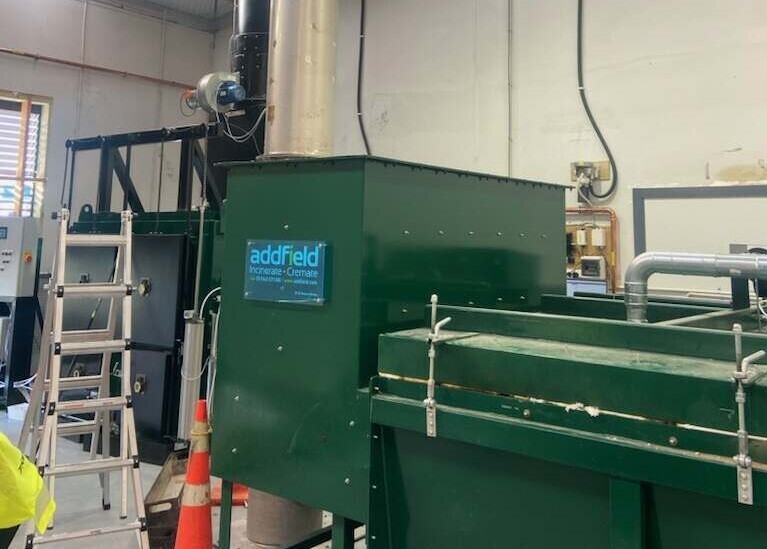
Taupata North, Hamilton 2023-2024
Taupata North was proposing to construct and operate a new animal crematorium for both domestic pets and large animals in the Waikato Region. The Air We Breathe was engaged to provide comprehensive planning and air quality support for the project, ranging from initial site selection criteria to a detailed assessment of environmental effects.
The scope included atmospheric dispersion modelling using AERMOD and an assessment against the relevant provisions of the Waikato Regional Policy Statement and Regional Plan. The dispersion modelling was complicated by the fact that the activity was to be located in part of an industrial building, requiring multiple iterations to identify the most suitable stack configuration.
The Air We Breathe continues to be involved in providing compliance support, including advice on control of fugitive emissions and preparation of an air quality management plan.
Chemical industry
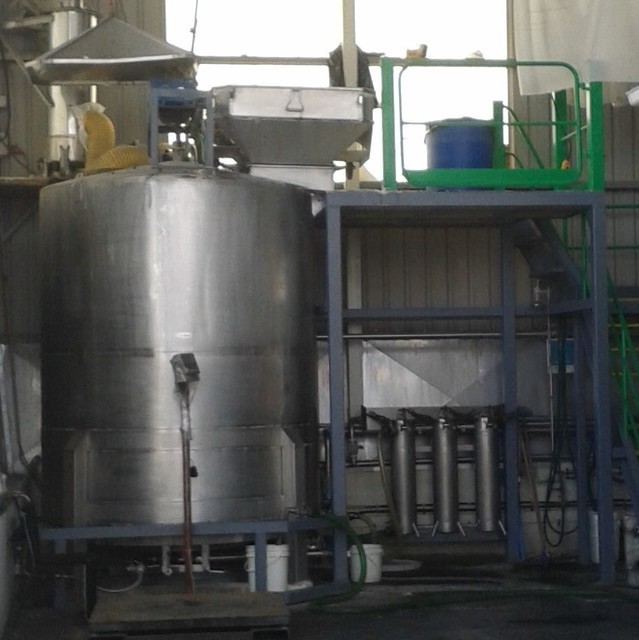
Agpro NZ, 2017
Assessment of environmental effects and preparation of a resource consent application for discharges into air from the manufacture of agrichemicals at Agpro’s East Tamaki plant.
Scope involved a semi-quantitative assessment of emissions from the plant, based largely on previous atmospheric dispersion modelling of discharges from the site, and an assessment against the relevant provisions of the Auckland Unitary Plan Operative in Part.
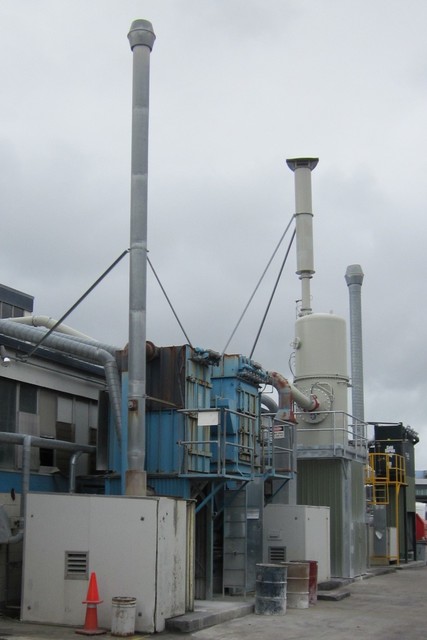
Dulux Powder Coatings, 2016 – 2021
Assessments of environmental effects and preparation of resource consent applications for discharges into air from the manufacture of powder coatings at Dulux’ Glenfield plant.
The initial scope involved atmospheric dispersion modelling and a quantitative assessment of particulate emissions from the plant, responses to further information requests from the council and an assessment against the relevant provisions of the Auckland Regional Policy Statement, Auckland Council Regional Plan: Air Land and Water and the Proposed Auckland Unitary Plan.
The Air We Breathe was subsequently engaged for two separate projects to prepare assessments of environmental effects and applications to vary the resource consent, to accommodate discharges from additional production lines and extended operating hours

Rohm & Haas, 2015
Assessment of environmental effects and preparation of a resource consent application for discharges into air from Rohm & Haas’ emulsion plant in Auckland. The initial scope included atmospheric dispersion modelling using CALPUFF, and was later extended to include the preparation of the complete assessment of effects report, finalising consultation and managing the consent application process.
In addition to the technical assessment, this also involved assessment of the proposal against the relevant provisions of the Auckland Regional Policy Statement, Auckland Council Regional Plan: Air Land and Water and the Proposed Auckland Unitary Plan.
TNUE, Taupo 2023-2024
TNUE was proposing to construct and operate a new facility for manufacturing membrane-coated slow-release fertiliser. An air discharge consent was required because the process involves the spray application (within an enclosed vessel) of isocyanates (pMDI). Process heating is provided by the re-use of spent geothermal fluid from a nearby geothermal power plant
The Air We Breathe was engaged to prepare an assessment of environmental effects and resource consent application for discharges into air from the activity. Because the anticipated discharge should be almost negligible, the scope only involved a qualitative assessment of effects, along with an assessment against the relevant provisions of the Waikato Regional Policy Statement and Regional Plan.
The Air We Breathe continues to be involved in providing compliance support, including compliance reporting and preparation of an air quality management plan.
Coating processes
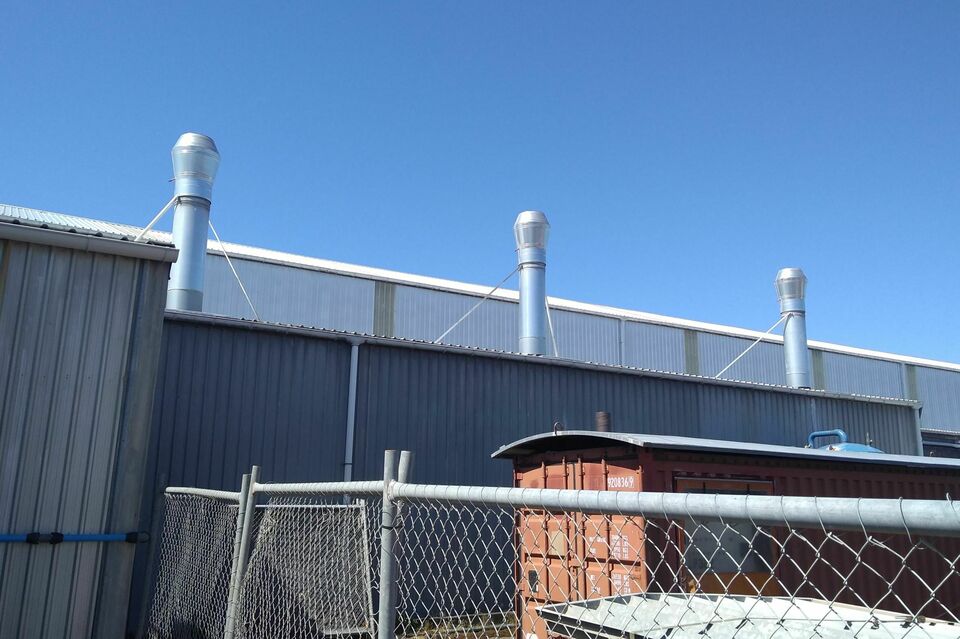
Intergroup, 2019-2023
Intergroup operates abrasive blasting and spray painting facilities at a number of locations across New Zealand. As part of our ongoing work with Intergroup, The Air We Breathe prepared air discharge consent applications for Intergroup's facilities in Christchurch, New Plymouth, and Port Nelson.
For the Christchurch and New Plymouth sites, the assessment of effects included atmospheric dispersion modelling using AERMOD, with a focus on emissions of diisocyanates. The consent application for Port Nelson was related to repainting of small vessels (up to 100 tonne displacement), the assessment had to be qualitative, focussing on the effectiveness of control measures and site management.
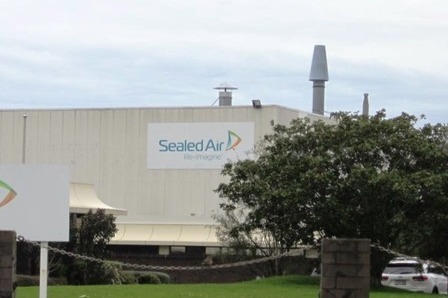
Sealed Air (NZ), 2016-2017
Assessment of environmental effects and preparation of a resource consent application for discharges into air from the manufacture of adhesive tape at Sealed Air’s Glendene plant in Auckland.
Scope involved atmospheric dispersion modelling (using CALPUFF) and a quantitative assessment of emissions from the plant, assistance with consultation, responses to further information requests from the council and an assessment against the relevant provisions of the Auckland Unitary Plan Operative in Part.
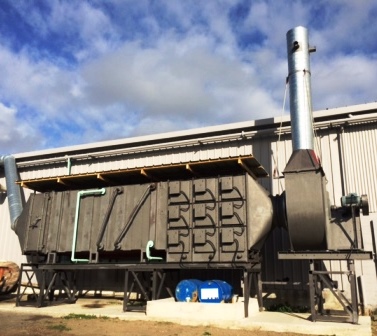
Pacific Wallcoverings, 2015-2017
Assessment of environmental effects and preparation of a resource consent application for discharges into air from Pacific Wallcoverings’ Porirua manufacturing plant. The initial scope involved a qualitative assessment of emissions from printing presses and vinyl coating lines and an assessment against the relevant provisions of the Regional Policy Statement for the Wellington region, the Operative Regional Air Quality Management Plan and the Proposed Natural Resources Plan for the Wellington Region.
In response to comments from the regional public health service, the scope was increased to include the provision of additional information related to the health effects of some of the (minor) contaminants, including atmospheric dispersion modelling using CALPUFF with representative local meteorological data.
The major challenge with this project was assessing the health risk posed by discharges of phthalate plasticisers from the main coating line.
Plastics
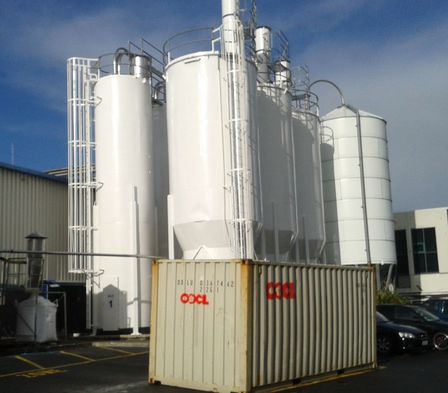
Alto Packaging, 2017
Assessments of environmental effects and preparation of a resource consent application for discharges into air from the manufacture of polystyrene packaging at Alto’s plant in Rosedale, Auckland.
Scope involved ambient monitoring of butane in the immediate environs of the plant, atmospheric dispersion modelling and a quantitative assessment of the effects of butane emissions from the plant, and an assessment against the relevant provisions of the Auckland Unitary Plan Operative in Part.
Combustion
Waitikiri Gardens, 2016
Assessment of effects of discharges into air from coal fired boilers at Waitikiri Gardens, Christchurch, for the renewal of their air discharge consent. This involved a largely qualitative assessment, based in part on previous atmospheric dispersion modelling as well as preparation of application documents, response to further information requests from the council and an assessment against the relevant provisions of the Canterbury Regional Policy Statement, the Natural Resources Regional Plan and the Proposed Canterbury Air Regional Plan.
In response to a further information request from the council, the scope was extended to include atmospheric dispersion modelling and assistance with consultation with affected parties.
Dhindsa Farms, 2020
Technical assessment of effects of discharges into air from a new waste oil fired boiler at Dhindsa Farms, Waiuku, Auckland, to support an application for consent to discharge contaminants into air.
Scope involved atmospheric dispersion modelling (using AERMOD), a quantitative assessment of emissions from the boiler, and an assessment against the air quality provisions of the Auckland Unitary Plan.
Minerals processing
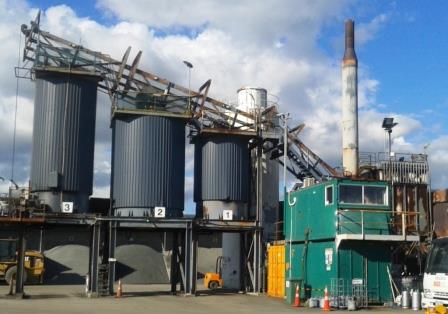
Asphalt Supply Company, 2016 ongoing
Provision of planning, consenting and compliance advice to a manufacturer of asphalt roading material in Auckland. Our involvement with ASCO has involved multiple project scopes, including:
- High level assessments of numerous alternate sites for the asphalt manufacturing plant
- Assessments of environmental effects and preparation of resource consent applications for discharges into air from the client’s existing asphalt plant, including quantitative assessments of effects of emissions from the plant and assessments against the relevant provisions of the Auckland Unitary Plan.
- Project management of a successful application for all necessary consents for ASCO's new site, including specialist input from three external consultancies. The Air We Breathe's scope also included the planning and air discharge assessments, involving atmospheric dispersion modelling (CALPUFF) and assessments against the objectives and policies of the Auckland Unitary Plan.
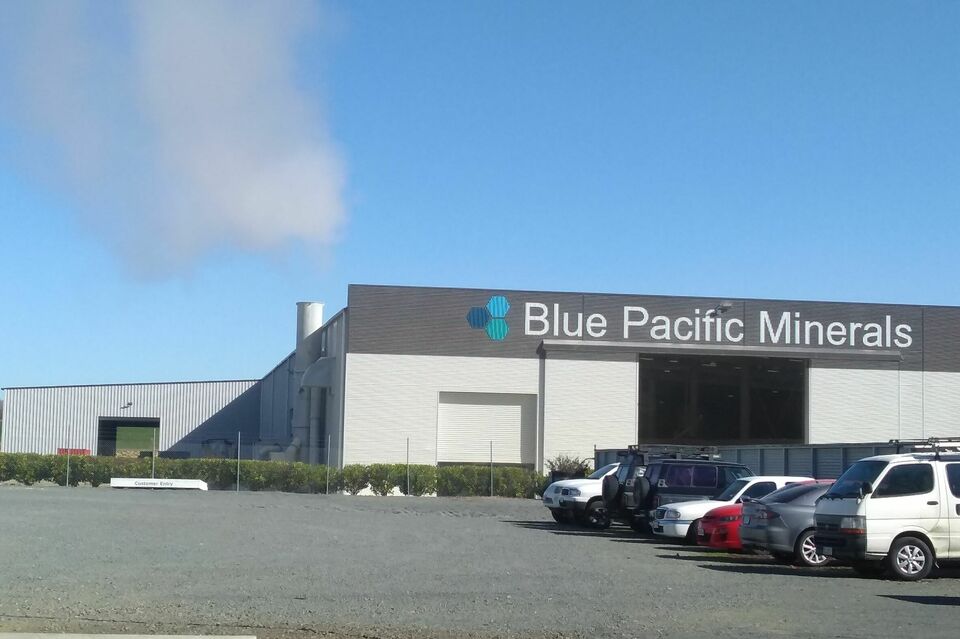
Blue Pacific Minerals, 2015 ongoing
Assessments of environmental effects and preparation of resource consent application for discharges into air from Blue Pacific Minerals’ new zeolite processing plant and existing perlite plant in Tokoroa. For each site, the scope involved atmospheric dispersion modelling of particulate emissions, consideration of offsets for PM10 and an assessment against the relevant provisions of the Waikato Regional Policy Statement and Regional Plan.
The assessment of effects for the new zeolite plant was one of the first projects in New Zealand to consider the PM10 offset requirements under the NESAQ regulations following the 2011 amendments to the regulations. Atmospheric dispersion modelling was used to determine the proportion of PM10 discharges from the site to be offset and the extent to which reductions in PM10 discharges from Blue Pacific Minerals’ old site could be used to offset those discharges.
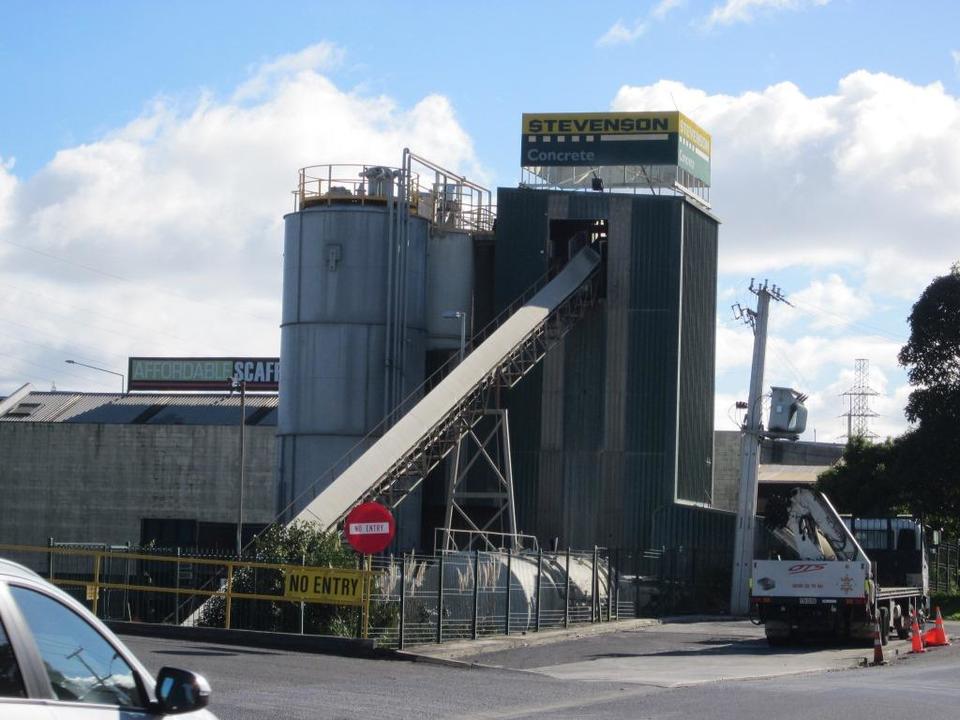
Stevenson Construction Materials, 2017
Assessment of environmental effects and preparation of a resource consent application for discharges into air from the manufacture of ready mixed concrete at Stevenson’s Penrose plant.
Scope involved a risk-based assessment of potential effects of dust emissions from the plant, based on the approach set out in the Institute of Air Quality Management’s “Guidance on the assessment of dust from demolition and construction”, and an assessment against the relevant provisions of the Auckland Unitary Plan.Following the successful completion of this project, The Air We Breathe was also contracted to carry out workplace dust monitoring at Stevensons' three concrete batching plant across Auckland, using automatic continuous personal sampling units.
Pet Food
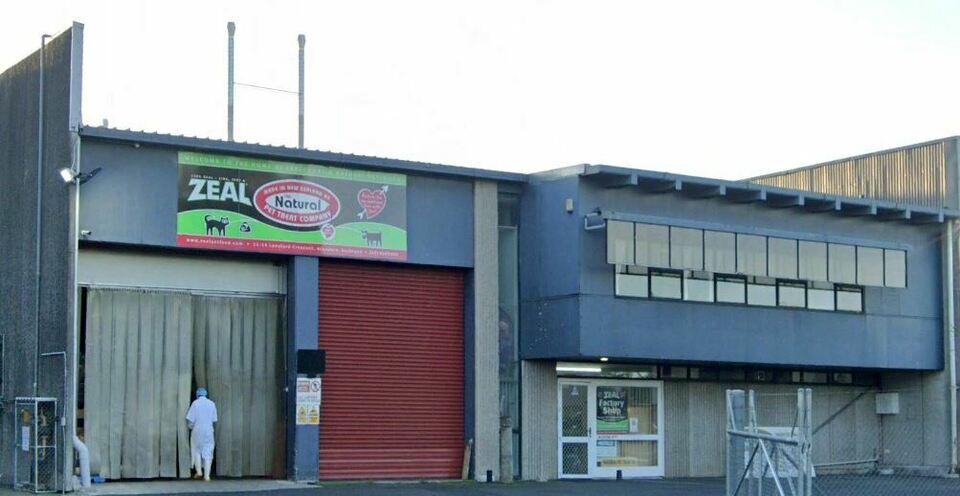
Natural Pet Treats, 2019-2021
The Air We Breathe was engaged to assist NPTC with the management of odour from their pet treat plant in a light industrial area of Auckland, and to prepare an application for an air discharge consent for the site - the assessment being undertaken on a qualitative basis. We recommended changes to the discharge configuration that appear to have effectively mitigated the potential odour nuisance that was previously occurring.
We were subsequently engaged to provide air quality advice and assessments in support of consent applications for NPTC's new canned pet food plant in a new industrial area to the south of Auckland.
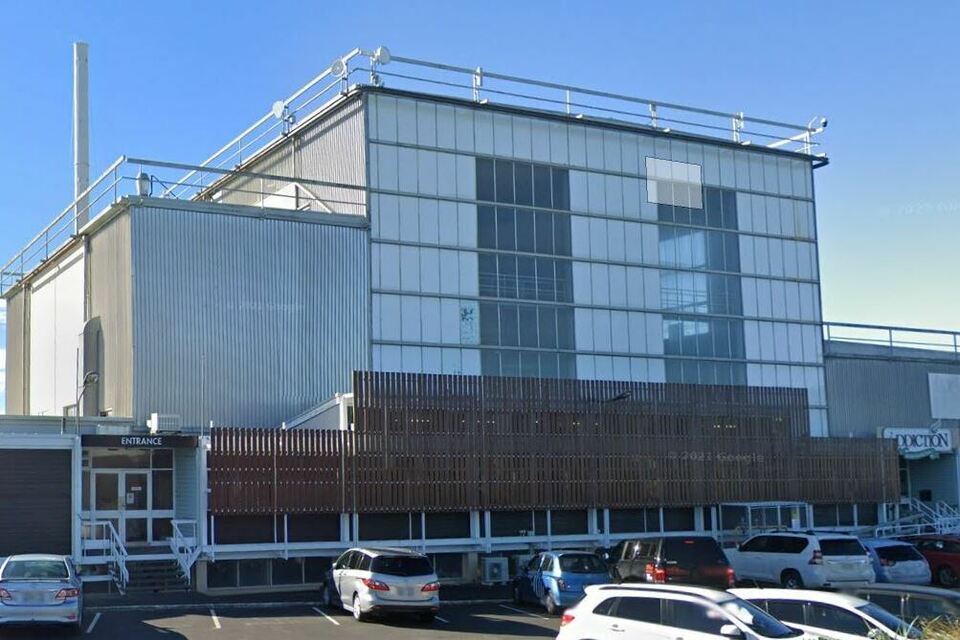
Addiction Foods, 2022
Addiction Foods manufactures pet foods at a site in Te Puke, and had applied for an air discharge consent for the activity in 2019.
The Air We Breathe was engaged in 2022, to provide expert air quality and associated planning evidence for the consent hearing. Given that we had not been involved in the application prior to this, the scope involved a review of assessments and supporting information prepared by several other specialists, and field odour assessments, in order to prepare and present evidence at the hearing.
Animal feeds
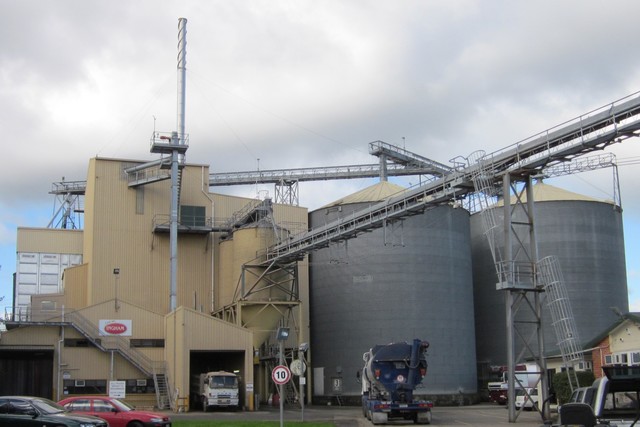
Inghams, 2014
Assessment of environmental effects and preparation of a resource consent application for discharges into air from Inghams’ Hamilton feedmill. Scope involved a qualitative assessment of dust emissions from grain elevators and the feedmill and an assessment against the relevant provisions of the Waikato Regional Policy Statement and Regional Plan.
Food and beverages
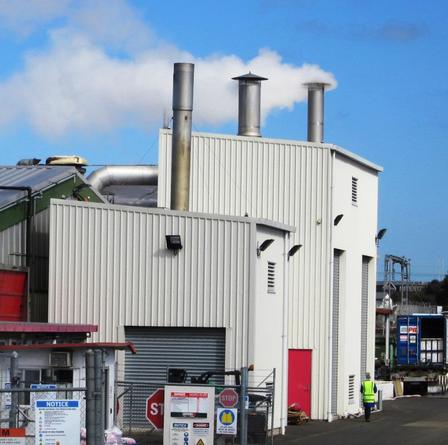
Griffins Foods, 2015-2017
Project management and the assessment of effects of discharges into air from the manufacture chips and snacks at Griffins’ site in Wiri, Auckland, for the renewal of their air discharge consent. The main discharge to air from the site is odour from multiple discharge points, some of which are controlled by the use of thermal oxidisers, while others have no controls other than oil mist eliminators. Scope involved a qualitative assessment of odour emissions from the plant and an assessment against the relevant provisions of the Auckland Regional Policy Statement, Auckland Council Regional Plan: Air Land and Water and the Auckland Unitary Plan.
Waste treatment
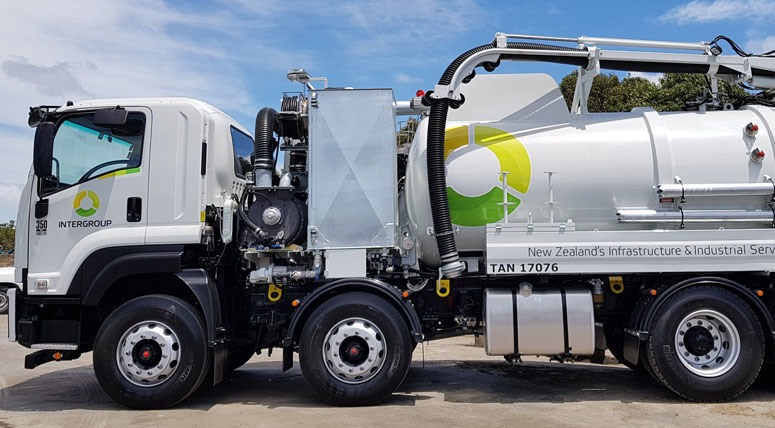
Intergroup originally requested The Air We Breathe's assistance with an application for consent to discharge contaminants into air from from the operation of a relocated waste treatment facility in Onehunga, Auckland. The scope for that work included atmospheric dispersion modelling and a semi-quantitative assessment of odour emissions from the plant, advice on odour emissions control, and an assessment against the relevant provisions of the Auckland Unitary Plan.
When that project was abandoned (due to existing land contamination), attention focussed on improvements to Intergroup's main waste treatment facility in East Tamaki, Auckland, which involved preparation of applications to first vary the conditions of, and then to replace the various discharge consents for the site. These applications also included atmospheric dispersion modelling and a semi-quantitative assessment of odour emissions from the plant, advice on odour emissions control, and an assessment against the relevant provisions of the Auckland Unitary Plan.
The Air We Breathe continues to be involved in providing compliance support, including re-writing the site-wide Environmental Management Plan, periodic field odour surveys, and annual compliance reporting to the council.
GreenCycle, Auckland 2021
Greencycle was proposing to develop a new facility in Te Papapa, Auckland, for the mulching of otherwise hard-to-process green wastes, such as flax and palm leaves. The Air We Breathe was engaged to provide project management for an assessment of environmental effects and preparation of resource consent applications for discharges into air and to water from the operation of the site.
The scope involved advice on odour emissions control, a qualitative assessment of odour emissions from the site, an assessment of systems to control discharges to water, and an assessment against the relevant provisions of the Auckland Unitary Plan.Other Activities
Review of Technical Publication 152, Auckland Council, 2014
Technical Publication 152 (TP152) provides guidance to council officers and applicants for resource consent on the Auckland Council’s approach to the assessment of discharges to air from industry. It was released in draft form in 2002, but has not been updated since then, and has partially been superseded by other guidance.
The Air We Breathe was commissioned to review and update Chapter 6, which provides guidance on emission control technology, drawing on developments overseas and experience from consent holders in Auckland. My scope also included reviewing the overall structure of TP152, recommending sections that should be retained and updated or removed, as well as additional matters that should be addressed in a revised document.
Emissions control, Browns Bay Barbecue Restaurant, 2016
Browns Bay Barbecue Restaurant was the subject of ongoing complaints regarding emissions of smoke and fume from its kitchen extractor fans. The Air We Breathe was engaged to investigate and to advise on methods to avoid or minimise adverse effects. The solution identified was to replace the existing low vent stacks, fitted with cowls, with taller stacks discharging vertically, thus achieving adequate dispersion of emissions.
Expert witness, Roydon Quarry, Templeton, 2019
Engaged by the Templeton Residents Association as an expert witness to assist their submission against a proposed gravel quarry to the east of Templeton, Christchurch. Scope included preparation of expert witness statements for the consent hearing, reviewing proposed conditions, caucusing with experts for the applicant, council, and other submitters, and presenting evidence to the hearing.

